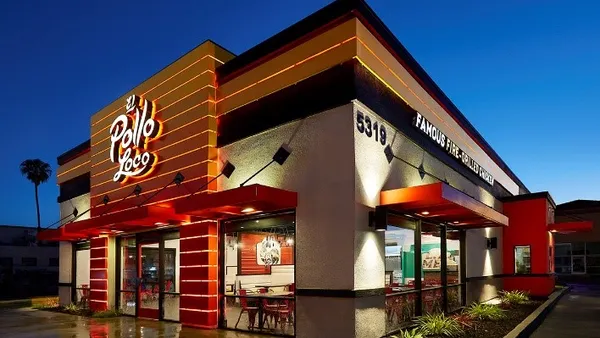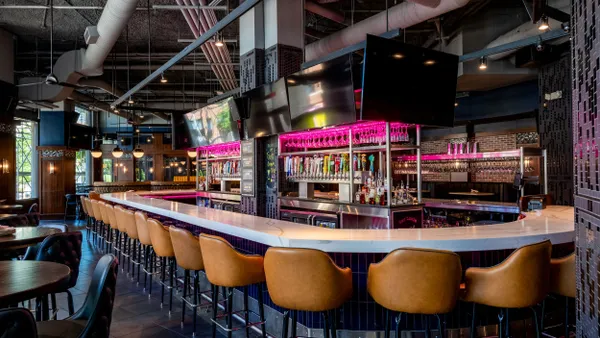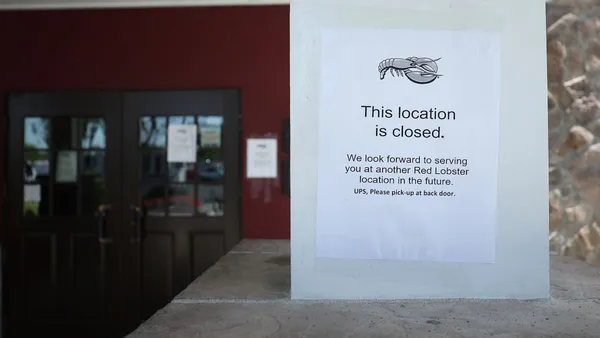Sales tax can be a real hassle.
You have enough things on your plate; figuring out sales tax doesn't need to be one of them.
We know a few things about sales tax, and we help 10,000 merchants automate it every day. We are on the front lines when people have questions, and we have seen it all.
Here are some of the most asked questions about restaurant sales tax along with helpful resources that you can use to be more confident in handling your sales tax.
Where do I find my state-specific sales tax information?
Each state handles sales tax differently. States have unique tax rates, and some items are taxed differently than others. The best way to determine your tax rate is to get it directly from your State Department of Revenue. You can also try our State Specific Sales Tax Information or Avalara's taxrates.com.
Should I include sales tax in your pricing?
Some businesses prefer to add sales tax to their pricing. We often see this with high-volume cash businesses like bars or pizza shops. If you want to include tax in your price, you can use our sales tax calculator to determine the price that should be entered into your POS in order for the final price to be correct with sales tax factored in.
It would also be best to note on your menu that sales tax is included in your pricing.
Do States Offer On-Time Filing Discounts?
Twenty-six states offer on-time sales tax filing discounts. Paying your sales tax on time can pay off. All states have a penalty for paying sales tax late. Find the on-time filing discount in your state using our interactive map.
How do you document tax-exempt sales?
If you have non-taxable or tax-exempt sales, you will need to keep track of them. When a business does not charge sales tax, it is its responsibility to document and justify the reason. The merchant's responsibility is to ask for, keep a copy of and associate a "Tax Exemption Certificate" with the sale.
In an audit, failure to have a tax exemption certificate on file for a particular sale often results in the merchant paying the sales tax out of their pocket.
It is easy to be compliant as long as you have this simple process in place:
-
Anytime a tax-exempt organization asks you to remove sales tax from their order, require them to give you a copy of their tax-exempt certificate. You should also check that the certificate uses the correct form, that all fields have been filled in and that it is signed and dated. If you don't get a valid certificate, the sales tax remains on the sale.
-
Print a copy of the sales receipt showing that the sales tax has been removed and attach it to the certificate.
-
File the certificate/receipt document for your records in the event of an audit.
You can read more about how and why you need to keep track of tax-exempt sales here.
How do 3rd party apps like Uber Eats and Grubhub deal with sales tax?
This might be the most asked question in the past two years. Unfortunately, the answer is complicated. Some states consider 3rd party delivery apps as marketplace facilitators, so they make them collect sales tax. You must know how these are handled in your state, or you might be collecting double sales tax! We just talked to a company that over-paid their sales tax by $90,000.
Run 3rd Party Orders Through Your POS
Orders from third-party takeout apps are received on devices separate from your POS. Managing these apps through your POS creates better workflows, keeps your reporting accurate and will save you lots of time and money when paying your sales tax. Some POS systems even offer apps to bring your 3rd party orders straight to your system.
The best practice and most efficient way to manage these apps is to run orders through the POS. This makes the POS system the official record of all sales, both in the restaurant and from 3rd party apps. Setting up the POS this way will create efficient workflows and help manage multiple revenue streams in one place. Failure to do this can lead to kitchen chaos, poor customer experiences and costly fines and penalties or overpayment of sales tax.
Managing sales tax for 3rd party apps is complex because each app creates a new revenue stream to manage. Making the POS the official record of sale and running all 3rd party orders through the POS will make managing sales tax much more straightforward.
If you want step-by-step instructions on adding third-party apps to your POS, check out this article.
Can I automate my sales tax?
Sales tax contributes nothing to your bottom line. It doesn't sell more products for you, hire you another employee and it doesn't get another customer to walk through your front door. So why expend any resources or your precious time on it?
Using a point of sale system, you can fully automate your sales tax. DAVO by Avalara uses an API connection with the point of sale system to see sales tax collections from the previous day. Each day, we connect to your bank account and use an ACH to pull out the previous day's sales tax funds and set these funds aside in an ESCROW-like account. When sales taxes are due to the state, we file and pay them on time and in full for you.
You can set up DAVO in 5 minutes, and from there, we will file and pay your sales tax. On-time and in full when it is due.










